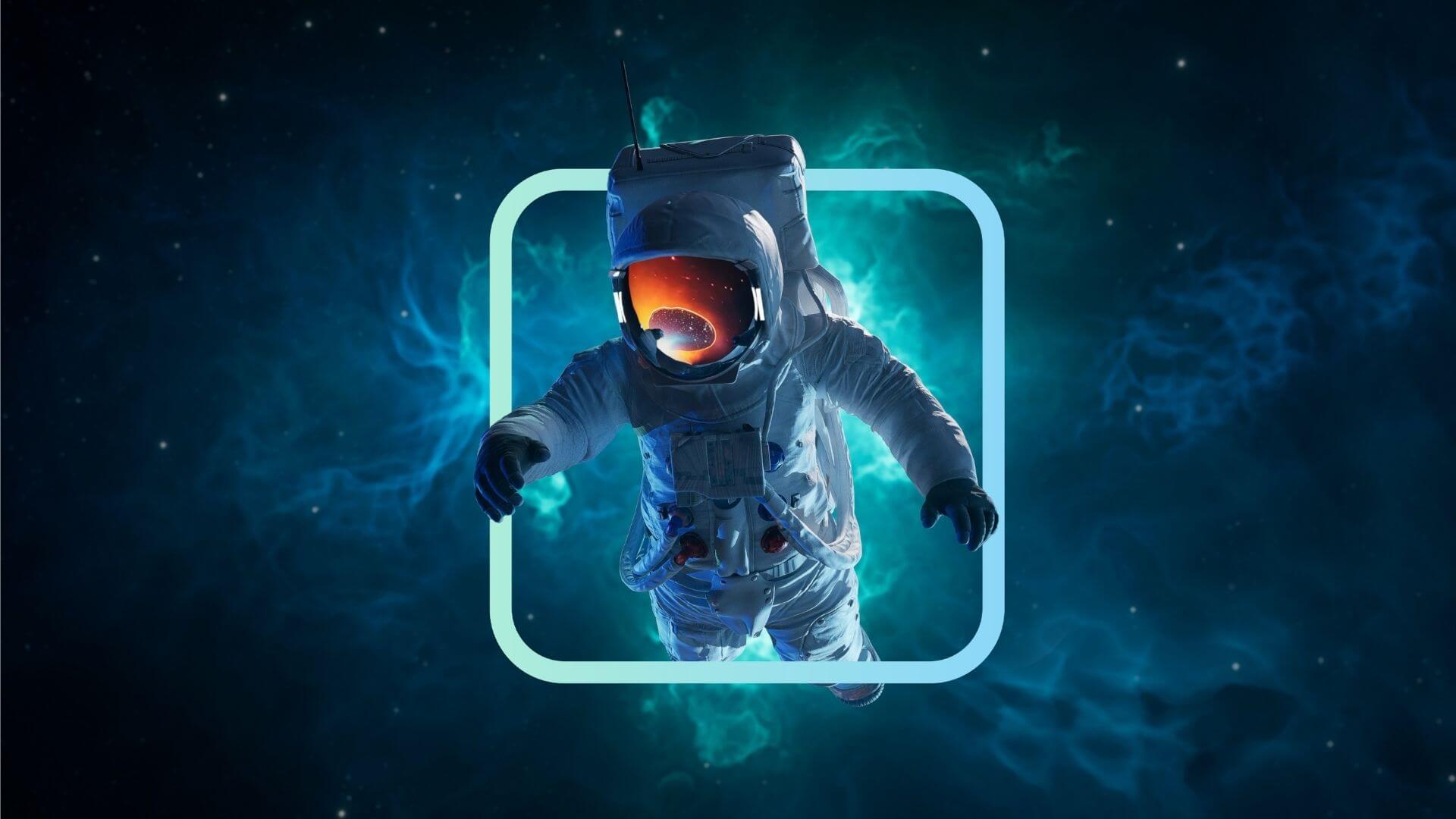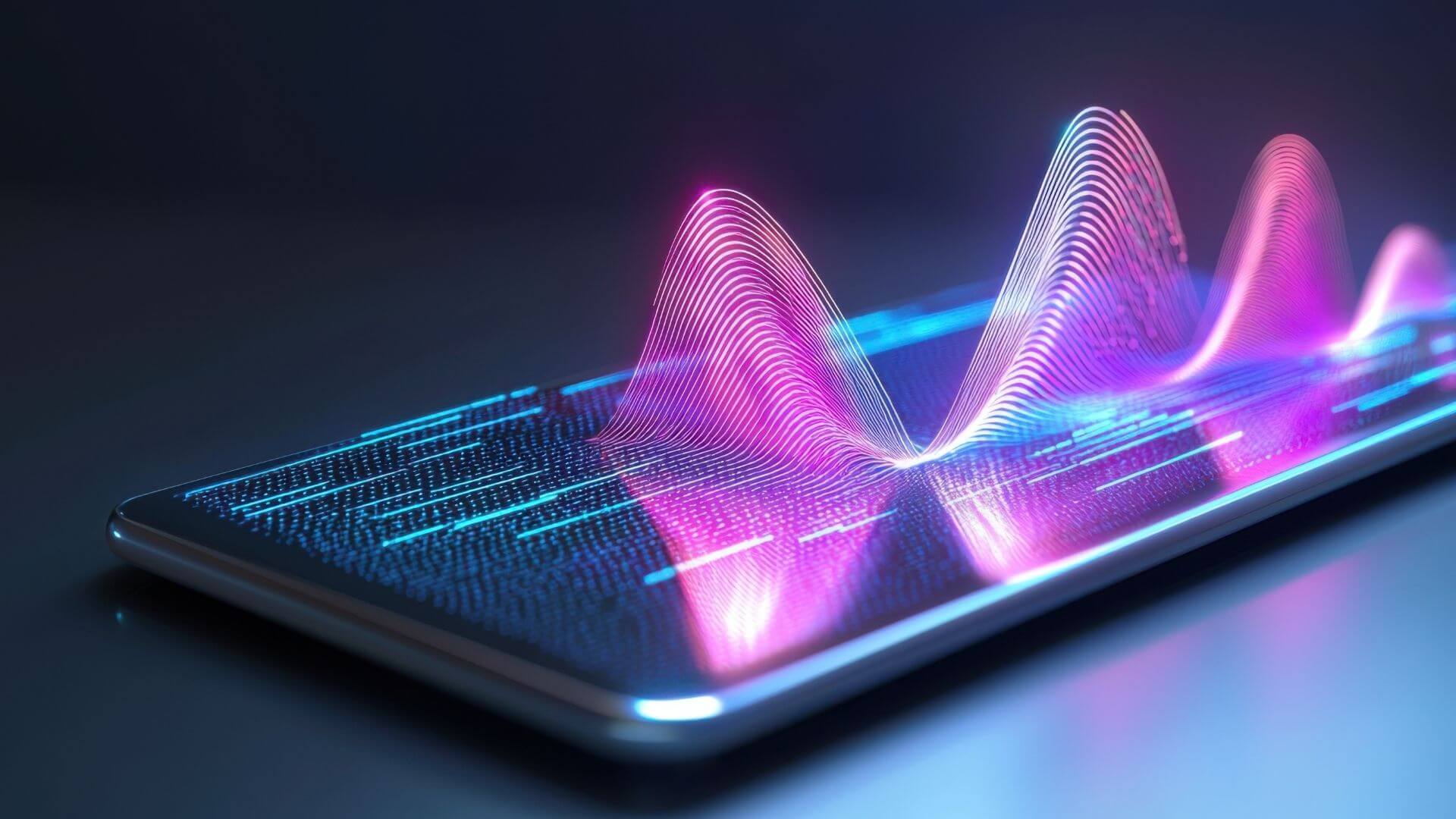For several years now, real-time speech transcription has been gaining momentum. The speaker’s words are transcribed almost instantly, making all oral communication accessible to people who are deaf or hard of hearing. It is also a tool for facilitating communication with everyone, especially the younger generations who are quite fond of using subtitles. From traditional transcription to real-time subtitling using a Velotype, there is a wide range of techniques used in this field.
The different types of transcription
Transcription is the process of converting oral communication into writing. There are several types of transcription. The two main types are real-time transcription and transcription based on recordings.
To make a transcription based on a recording, the conference, meeting or any other type of oral exchange is first recorded. Then, a professional transcribes what was said, either fully or in a summarised form depending on the request.
However, real-time transcription has been increasing in popularity for some time now to meet needs for speed and accessibility. There are also two options when it comes to real-time transcription. Either the transcription is carried out live by specialists who then take a few hours to rework the text for client delivery, or the transcription is for real-time subtitling that needs to be displayed live.
For the latter, transcribers use a variety of tools to minimize the delay between when a person speaks and when the subtitles are displayed on the screen.
- A Velotype is a special keyboard used to produce syllables and requires someone trained in using it, otherwise known as a velotypist. By pressing several keys simultaneously, the velotypist produces a syllable that is output in the correct order via the keyboard’s software. Combined with special software to help with input and display, this system makes it possible to reproduce exchanges quickly and smoothly.
- A stenograph is another type of special keyboard that uses phonetic transcription and can also be used for real-time transcription. It also requires someone who has been specially trained in using it, otherwise known as a stenographer. Combined with various artificial intelligence software, this type of keyboard is becoming ever more efficient.
- Lastly, we have speech recognition software, another traditional tool for real-time transcription. In this case, the person performing the transcription listens via their headset to what is to be transcribed and dictates that via microphone to a computer which uses speech recognition software to transcribe and display what was said. The text is simultaneously corrected live by the transcriber (sometimes referred to as a “written interpreter”). This tool also makes it possible to translate directly into other languages.
Advantages and examples of real-time transcription
Real-time transcription has many advantages. As previously mentioned, the main advantage is that it provides accessibility for the deaf or hard of hearing, but it is also useful for those who have a poor command of French or who need to see the words to better understand what has been said. Another major advantage is that the transcription can be used afterwards to produce minutes or summaries in a very short amount of time, avoiding the time-consuming phase of listening to and transcribing the recording afterwards.
This type of transcription is already used for many television broadcasts and online videos and is also perfect for meetings, conferences, or any other live event, including sports competitions and concerts.
The most well-known example of real-time subtitling is surely Emmanuel Macron’s presidential address on 12 March 2020, which left a lasting impression. Since then, his speeches have been regularly transcribed live. A number of political rallies during the presidential elections have also used live subtitling, such as that of Yannick Jadot in December 2021. Congress and conference centres are now key clients, as demonstrated by the Go Entrepreneurs trade fair held in April 2022 in Paris where all conferences were made accessible in real-time.








